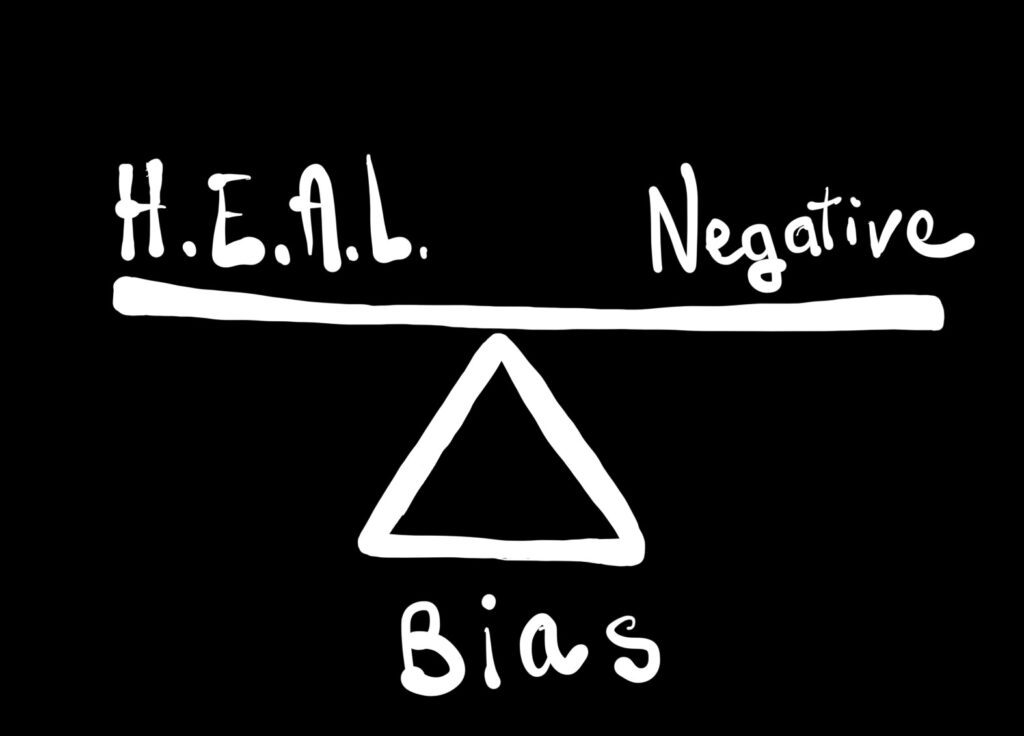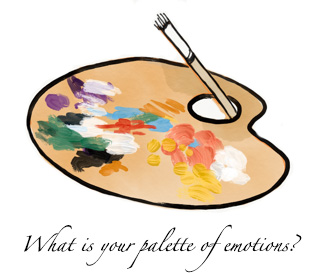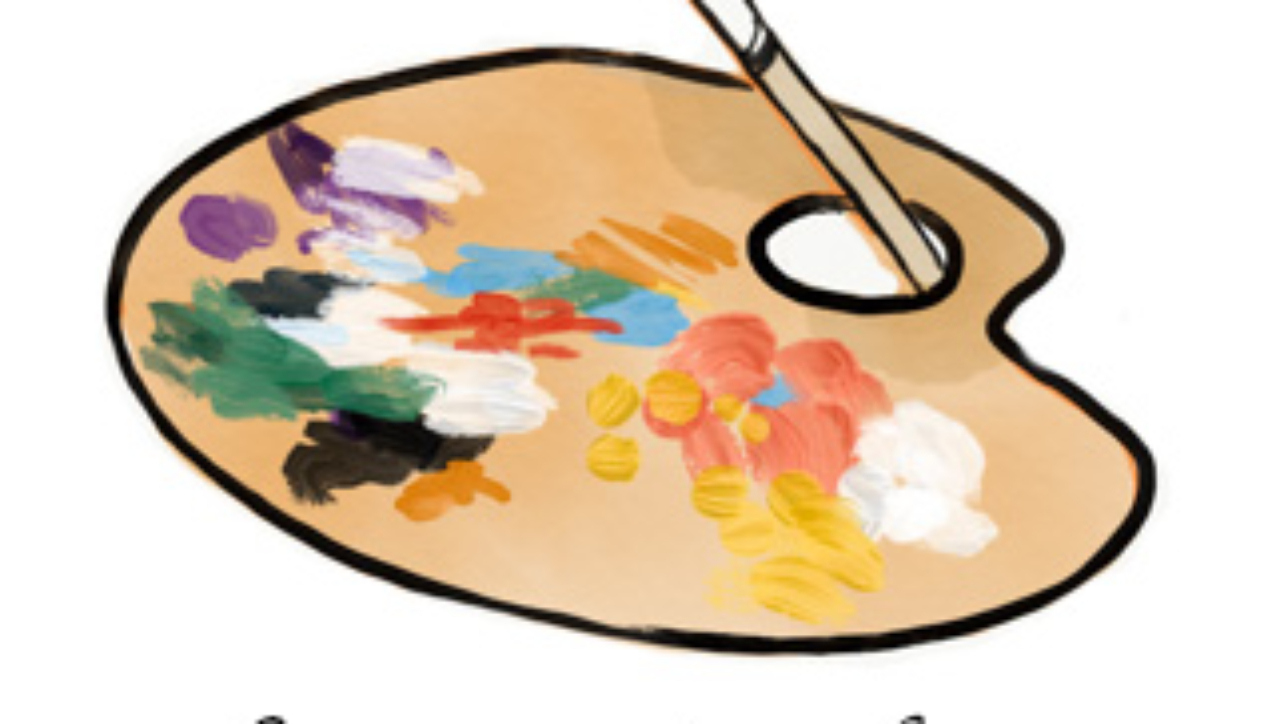A client shared with me how she had recently experienced two difficult (virtual) conversations about her role in her organization, that left her feeling down and disempowered.
To comfort herself, she made a list of the all the people she loves to think about and collaborate with at work or outside of work. She came up with a list of 49 people and ended feeling very inspired. The list was restorative.
By spending time and focus listing the benevolent persons in her life, she intuitively and creatively found a practice of positive neuroplasticity and restored her brain homeostasis. Most likely, she also avoided a possible downward spiral of negative assumptions about a few of her colleagues. Rick Hanson, Ph.D. (Link) has a concept for such a restorative practice. It’s called H.E.A.L. I’m sure I’ve mentioned it before – and even if I have, it is worth mentioning several times (Link)!

H.E.A.L. is based on the notion that we have a brain that is “good” at learning from “the bad” and “bad” at learning from “the good”.
Our brain is wired to do five basic things:
- Scan for bad news, or what could be going wrong
- Over-focus on it (for survival purposes)
- Over-react to it
- Over-remember it
- This creates a vicious cycle: it makes our brain more reactive to the negative which makes it even more reactive the day after that. And so on.
Rick Hanson has a formula that sums up this conundrum: “Our brain is like Velcro for the bad, Teflon for the good.”
The purpose of H.E.A.L is to recognize beneficial experiences (thoughts, emotions, sensations, actions) in order to balance our negative bias. There are two steps in the learning process: 1- activate the beneficial experience, and 2- install the beneficial experience in our nervous system.
For the record, human beings are usually good at activating, but not so good at installing.
H.E.A.L stands for:
- Having a beneficial experience (activation phase) – either by doing or remembering
- Enrich our beneficial experience (installation phase) – get our neurons to fire together as long as possible – feel the experience in your whole body
- Absorb the experience – let it sink in, like a sponge absorbs water
- Link the experience – it’s an optional step – only if you feel ready – link your beneficial experience to your triggering situation. The positive experience will gradually put in perspective the negative one, soothing it and eventually, replace it all together.
For example, if a meaningful and vulnerable conversation occurs with my daughter, I make sure to sustain it by talking to Jean-Pierre, my partner, and describing what happened and how I felt. I anchor my appreciation and make the effort to link the beneficial (and unusual) experience to all the micro-bad interactions that can derail me and sometimes fuel some of my negative beliefs – like “I failed as a mother”. The belief has much less power over me. What a relief!
There are plenty of tiny beneficial experiences in our life – like an impromptu, meaningful conversation, a shared confidence from a friend, a smile, a look, a glass of water, a glorious memory, a loved pet, an admired tree, or an inspiring goal – that we tend to overlook or easily forget.
The H.E.A.L. practice gives our beneficial experiences the full attention and appreciation they deserve – not to suppress “negativity” in our life, but to rebalance the effect of our negative and confirmation bias, and consequently, make sure that we have access to the full palette of our feelings/emotions – from fear, anger, disappointment, frustration, sadness, grief to peace gratitude, contentment, trust and joy.









A wonderful post, Carole. It helps me a great deal these days.
Have you been practicing Rick Hanson’s practice? I’m glad you resonated!
Thank you, Carole. This is wonderful both in substance and timing. It is precisely what I needed to read today (thank you for the email), and I have already shared it with a friend. Greetings to Jean-Pierre.
Thank you Todd for letting me know that you found the post helpful! I’ll transmit your greetings to Jean-Pierre! I hope all is well…
This is very helpful, thank you! I find myself replaying and building upon the negative (especially interpersonal issues or conversations) and this is a great tool/framework to build upon the positive.
Thanks Ariela! I’m glad it was useful!